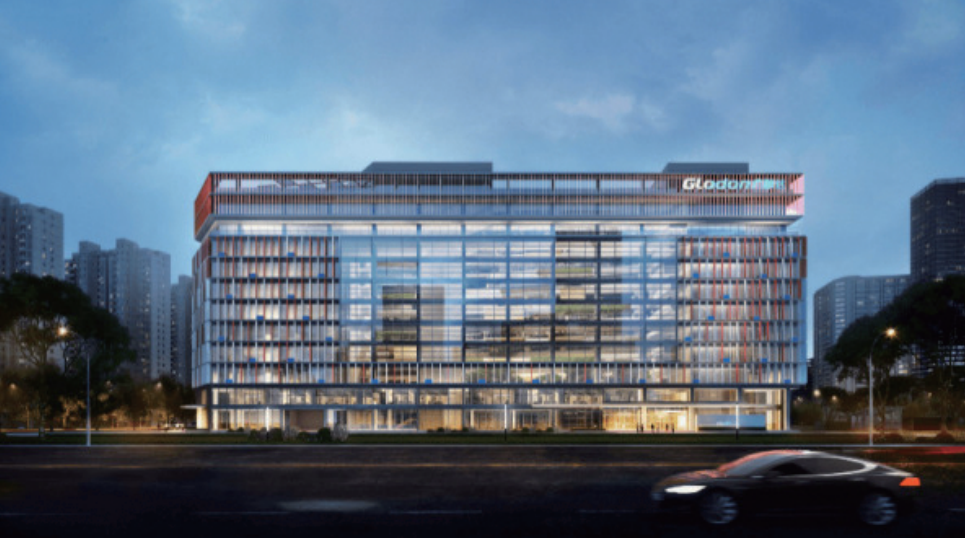Apr 30.2022
Glodon Newsletter – 2022 Issue 04


Understanding Value of Digital Twins in AEC Industry
The current focus on digital twins in the built environment sector is on the use phase after the handover of built assets. The potential applications of digital twins are far-reaching. For AEC industry, a digital twin can be utilised throughout the whole lifecycle of a building entity, from design to operation and maintenance to improve efficiency, optimize building performance, gain insights, and reduce costs, as well as gain more environmental and social benefits.

Switching from Physical Construction to Digital Twin Construction
Traditionally, each stage of a construction project is relatively fragmented and lack of cooperation, resulting in large numbers of reworks, delays and budget overspending.
In the digital era, every entity will be built twice in the future, which means to perform virtual construction of full-digitalisation first and then perform physical construction of industrialisation. During the virtual construction, all participants work together on the digital building platform to conduct digital proofing of the lifecycle process from intelligent design to virtual production, construction, and operational and maintenance. Then, through lean construction based on the digital, industrial-based physical buildings are built in the physical world to minimise project waste, maximise project value, and upgrade the construction to modern upgraded construction.

Improving Urban Management with Digital Twin-based City Information Modeling
Based on the digital twin, Glodon uses the CIM (City Information Modeling)platform with independent intellectual property and establishes digitalized spatial information infrastructure. It helps break the data barriers of project coordinating, planning, designing, construction, operation and maintenance, and form an efficient management system to accumulate urban data assets, driving the improvement of urban management capabilities and promote the high-quality development.













